Smart conversational AI apps are now significant parts of how we interact with existing systems through natural and effective conversations.
As stated by Business of Apps, the AI app market net worth was approximately $ 1. 8 billion in the year 2023 and it is predicted to be around $18. 8 billion by 2028. There is a clear example of how popular and useful AI is now and how it can affect everyone’s life both personally and professionally as over 230 million people used AI apps in June 2024.
Deciding to create an AI chat app is wise and innovative, which can help your business stand out among its rivals. However, the question that many ask is, “How much does it cost to build an AI application?” This normally costs anywhere between $30,000 to $300,000 depending on certain factors.
However, this is not the scenario that will turn a concept into a fully functional AI chat app; it calls for thorough planning and execution, AI technologies expertise, and perhaps capital investment. The creation of such an app requires several kinds of important phases that include conceptualization and design, app construction, deployment, and enhancement.
This blog will discuss the fundamentals of artificial intelligence, and features in AI apps, and will also walk you through the process of developing your own AI app..
What is an AI App?
AI can be simply described as the act of integrating human intelligence, knowledge, and skills into robots. Several AI solutions require creating applications that can solve such problems and, for the most part, intelligence.
Some of these include understanding natural language and reasoning, sentiment analysis, experience-based learning, identifying abnormalities, pattern recognition, and decision-making.
If someone wants to design an AI app, they must first understand the fundamentals of AI and how various AI technologies can be applied to apps.
Important Artificial Intelligence App Components
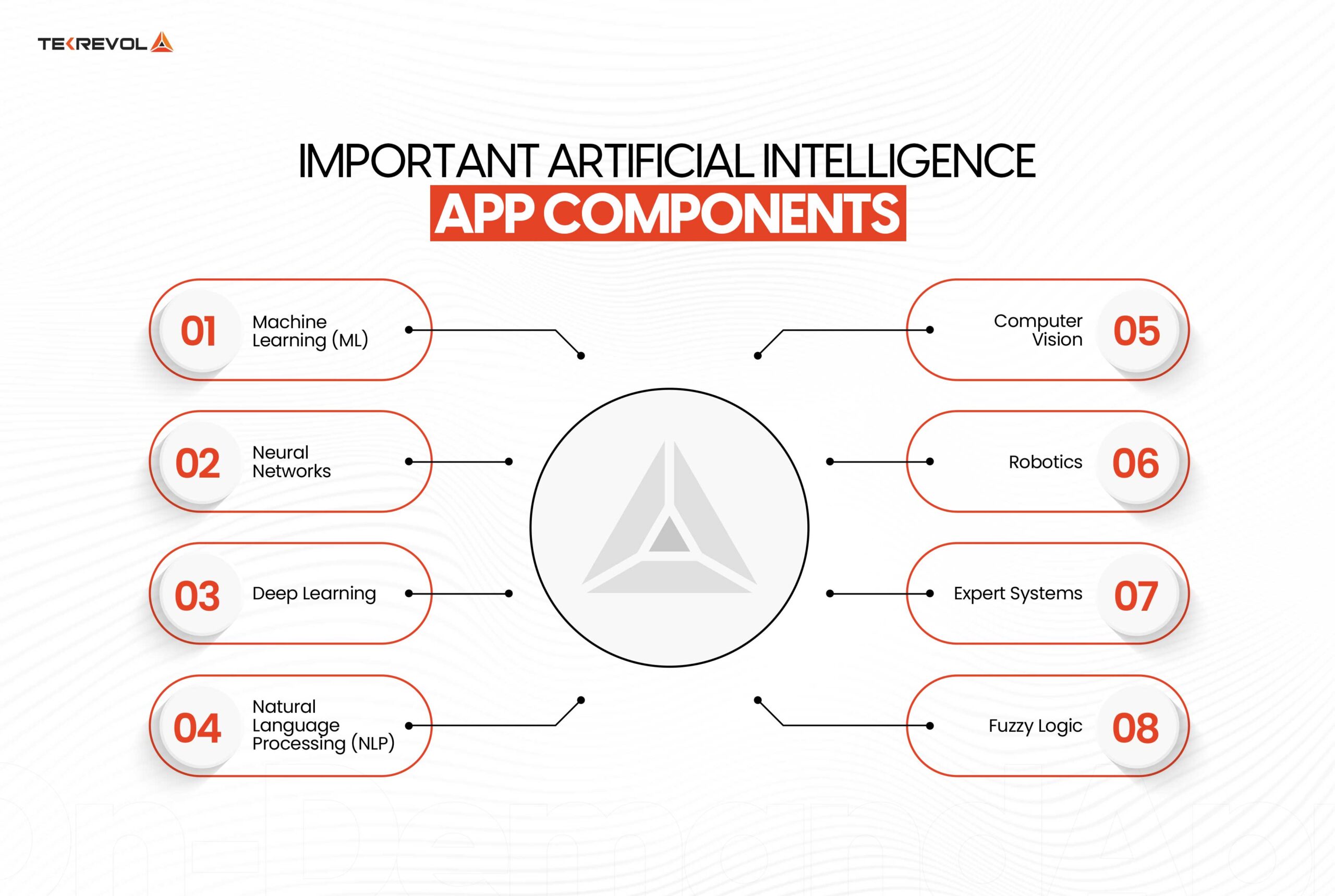
Artificial intelligence is best described as a large and diverse category of technologies aimed at enhancing decision-making through emulating human intelligence. Anyone interested in developing an accurate AI app should cool down and learn what basics should be followed when developing an application AI-driven. Here’s a full analysis of these key elements:
Machine Learning (ML)
Artificial intelligence relies heavily on machine learning, which enables the system to adapt to new data and run more effectively. It uses a variety of interoperable algorithms to identify intricate patterns in data and generate pertinent forecasts or judgments. This is an explanation of how it functions:
Supervised learning: In this approach, labeled information is used to help the model make the necessary predictions. As an example, since the program identifies patterns associated with spam emails, it can be used to identify emails that have been flagged as spam.
Learning without supervision: This method makes use of unlabeled data. There are further uses for it, such as classifying data or discovering new relationships—like grouping clients according to their shopping habits.
Reinforcement Learning: This method of system training includes exposing the system to its surroundings and utilizing the input it receives via rewards or penalties. They use it in fields such as robotics and games, where the system adapts its actions according to the results it achieves.
Neural Networks
Another area of focus for AI is neural networks, which are systems comparable to the human brain and made up of interconnected neurons. These models use knowledge from artificial intelligence and machine learning to perform tasks like pattern identification and decision-making. Here’s how they operate:
Artificial Neural Networks (ANNs): These are the most basic kind of neural networks, designed to solve simple pattern classification tasks. They are utilized for tasks like image recognition and language interpretation.
Convolutional Neural Networks (CNNs): These networks are ideal for processing data with a grid structure, such as photos and movies. It is critical for technologies like facial recognition and self-driving automobiles.
Recurrent Neural Networks (RNNs): RNNs are designed to handle data sequences and are best suited for time-series and language processing. They are widely used for activities like long-term forecasting and text production.
Deep Learning
Deep learning is a subset of machine learning that uses neural networks with several layers. It is especially well-suited to training on vast amounts of raw data in the absence of a standardized data format. This is how it works.
Speech Recognition: Speech recognition is the capacity to transcribe speech to text with incredible precision, allowing applications such as voice assistants and transcribing.
Image and Video Processing: Finding patterns and features to examine and optimize programs or visual materials used for object detection and video analysis.
Natural Language Understanding: Enhancing the general use of languages in operations like translation enhances a system’s capacity to comprehend and emit human natural languages.
Natural Language Processing (NLP)
NLP is a branch of artificial intelligence that enables a computer to interact with a human being in natural language. It helps the machine to comprehend and produce human language. This is how it operates.
Text Analysis: A method of obtaining information from text; for instance, making inferences about consumers’ attitudes as per their evaluation.
Machine Translation: Works automatically from one language to the other without any involvement of humans for example through the use of translators such as Google Translate.
Speech Recognition: Turns speech into text enabling the application of smart personal assistants such as Siri, Alexa, and Tootle among others.
Computer Vision
Computer vision is the technology that enables computers to process and make judgments based on visual input acquired. It analyzes and interprets photos and videos using image processing and pattern recognition techniques. This is how it works.
Image Recognition: Incorporates artificial intelligence functions to analyze objects, persons, or scenes within an image, for instance, photo categorization for social networking.
Object Detection: This can detect and identify multiple objects in the same frame, such as in industries like self-driving cars and security cameras.
Image Segmentation: A technique of slicing an image into pieces so that it can be processed; this is useful in image analysis, especially in cases where the image needs to be checked in detail like in medical images.
Robotics
Robotics is a field that combines artificial intelligence and mechanical engineering to design machines that can work with little supervision. These robots enhance efficiency and accuracy in diverse sectors such as industry, healthcare, agriculture, and supply chain. Here is a breakdown of its main components:
Robotic Process Automation (RPA): Performs time-intensive company functions, including data entry and client relations, to save time.
Autonomous Robots: Occasionally, act independently for a brief period to execute special jobs like flying drones or operating robotic vacuum cleaners.
Collaborative Robots: Cobots are seen as companion industrial and medical robotic workers in industries and hospitals respectively.
Expert Systems
Expert systems replicate decision-makers’ abilities in specific domains of knowledge. They can apply information and principles to tackle specific challenges in areas such as diagnosis, prognosis, and customer service. Here’s how they operate:
Knowledge Base: A knowledge base is a collection of specific knowledge, data, and regulations about a certain subject, such as a medical database that aids in disease identification.
Inference Engine: Effective reasoning involves applying logical concepts to alternative outcomes or conclusions within the framework of the information base.
User Interface: It allows users to communicate with the system, enter data, and receive advice or responses.
Fuzzy Logic
Fuzzy logic is concerned with reasoning with solutions that are not as well defined as those with clear-cut solutions. It is especially useful when the decision-maker has limited information to work with. Here’s how it works:
Control Systems: Schedules everyday facility operations, such as building climate control.
Pattern Recognition: Identifies relationships in data where absolute or ‘true/false’ reasoning may not be applicable.
Step-by-Step Process for Building an AI Application
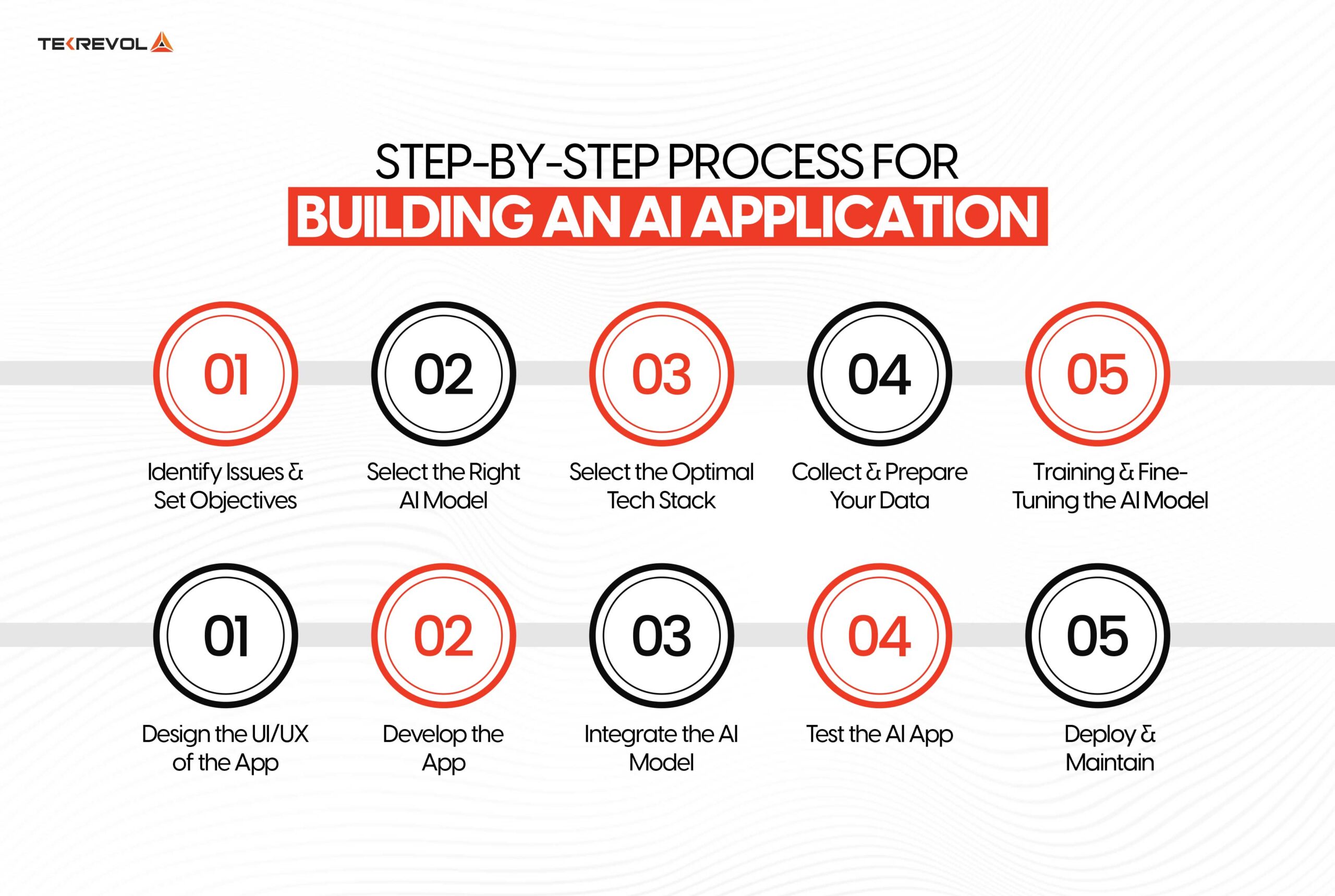
Application development is a challenging work that can involve the use of multiple technologies such as deep learning, machine learning, natural language processing, data science, computer vision, and robotics.
Regardless of the complexity and problems, working with a qualified AI development Company can significantly improve the process. These professionals are critical for ensuring that you have the knowledge needed to turn your app idea into a functional, smart application. Here’s a step-by-step procedure to help you design your AI app:
Identify Issues and Set Objectives
When it comes to AI app development, the first question you need to ask yourself is what issue your application will solve. This involves a process of identifying the target consumers along with the prospects that may encounter one challenge or the other.
Your app should handle the following issues: What benefits would it provide for users? Having defined objectives from the start of the development process will help you properly align the final solution with the demands and challenges of your users.
Select the Right AI Model
The right model selection considerably impacts the success of your application or tool. Besides, do not forget that to choose the best AI model for your app read the goals that you want to achieve with the help of your app.
You may select one of these models depending on what you are planning to do or create a very specific model if the tasks are complex. Here is a quick rundown of various well-known AI models along with their main features:
| AI Model | Use Cases |
|---|---|
| BERT (Bidirectional Encoder Representations from Transformers) | Ideal for applications like named entity recognition, sentiment analysis, and word classification that need a thorough comprehension of textual context. BERT is an effective tool for deciphering complex material because of its bidirectional context comprehension. |
| T5 (Text-To-Text Transfer Transformer) | A flexible framework that creates text-to-text formats for a range of language tasks. It is helpful for a variety of applications as it can effectively handle translation, text summary, and question answering. |
| GPT-3.5 (Generative Pre-trained Transformer) | GPT-3.5 is well-known for its complex language production abilities. It is an excellent choice for content creation, coding support, and challenging language assignments. It’s a good option for applications that need to generate and interpret language at a high level. |
| XLM (Cross-lingual Language Model) | Strong multilingual capabilities are included, making it possible to process and comprehend multiple languages—a must for applications that are used worldwide. |
| XLNet | Designed for natural language comprehension, question answering, and sentiment analysis. It uses an autoregressive methodology to improve performance on tasks that need a thorough comprehension of context. |
| Mistral | Focuses on interpreting and summarizing documents, which makes it perfect for applications requiring effective text processing and the ability to comprehend massive amounts of data. |
| RoBERTa (Robustly optimized BERT approach) | RoBERTa, an upgraded version of BERT, is better at generating text and is better at capturing contextual subtleties and long-range dependencies. |
| Bloom | A reliable choice for a variety of text-based tasks, this tool excels at answering queries, producing content, and building embeddings for a wide range of applications. |
| Phi | A small model with efficiency and expertise in programming-related applications, geared at Python coding activities. |
| Vicuna | Capable of producing text, providing answers to queries, condensing information, and managing many NLP duties with ease. |
| Alpaca | Alpaca is a flexible option for general-purpose language tasks because it performs well in a variety of NLP tasks such as text generation, Q&A, and summarization. |
| InstructGPT | By precisely anticipating user intent and optimizing task-based responses, InstructGPT aims to improve interactions with AI systems by comprehending and carrying out particular instructions. |
| Turing NLG (Natural Language Generation) | Turing NLG is a conversational AI framework that can be used to create chatbots and virtual assistants since it can produce natural and interesting conversations. |
| PaLM (Pathways Language Model) | Useful for difficult jobs like text classification, coding, and reasoning. PaLM excels in answering questions as well, managing complex inquiries, and producing precise answers. |
Select the Optimal Tech Stack
When designing an artificial intelligence-powered application for Android or iOS, it is critical to select the appropriate tech stack. Consider frameworks like Flutter for a cross-platform UI, or Kotlin for a more native feel.
With sophisticated cloud services and AI platforms like Google Cloud AI, AWS, or Microsoft Azure, you may advance AI components in your software. It’s all about creating these fundamental circumstances for your application so that it can stand out.
For example, Google Cloud AI offers several AI and machine learning technologies that can be readily integrated into Android applications, while AWS provides solutions for large-scale computing resources, machine learning model training, and data processing. Microsoft Azure also promises robust AI and ML solutions that are well integrated with AI technologies for mobile apps geared for enterprise use.
Mobile frameworks, cloud services, and AI platforms should be carefully selected to create a balanced, solid, and efficient tech stack for your AI app in the long run.
Collect and Prepare Your Data
When it comes to developing an AI application, data is your buddy; it is the raw material that powers the process. The first step is gathering data in any form, like databases, API, social media, or widespread datasets. The more data you have, the better your AI model is going to be because it will be able to learn from a variety of circumstances.
Training and Fine-Tuning the AI Model
It’s time to train your AI model once you have organized your data. After your data has been cleaned and preprocessed, you feed it into the model and begin modifying its parameters to help it learn and get better. Training is a continuous process that improves your model’s capacity to generate accurate predictions or judgments with each run through the data.
To make this work, you will require the proper tools to aid you in the budgeting process and delight your customers. A few examples of widely used ML software libraries include TensorFlow, PyTorch, Keras, and Hugging Face Transformer. They include abilities that enable natural language understanding, understanding of images, and other skills.
Make sure your model is being trained properly by keeping an eye on important metrics like accuracy, precision, and recall. Occasionally, this entails exploring hyperparameter tuning to maximize effectiveness. The objective is to create a model that is suitable for practical use and performs well on both training and fresh data.
Design the UI/UX of the App
The next step is to design the website’s UI/UX or application interface. Finally, it is important to have an interface that is both visually appealing and easy to navigate. A layout that provides fewer barriers and is simple to navigate might pique people’s curiosity. An effective UI/UX design, therefore, aids retention and increases the conversion rate of the clients or consumers.
Develop the App
Now that you have your design and data, it is time to put your AI applications into action. And this is where the actual development tale is being written. An AI app development team will work on both the front end and back end of the complete program.
On the front end, they will design a user-friendly interface to ensure that your program runs smoothly. On the other hand, on the backend, they will perform server-side deployments, install your Artificial Intelligence model, construct your database, and ensure that the security measures are consistent with the website’s design.
Integrate the AI Model
Finally, it’s time to connect them. You now get to put this trained model into the application so that it may begin performing its intended role as soon as possible.
This entails integrating the model with the user-visible sections of the program, known as the frontend, as well as the backend, which houses all of the AI activities. It allows you to provision your program as planned and offers a clever and complicated user interface.
Test the AI App
To confirm the feasibility of your concept, it is critical to conduct a test phase before launching the app. This is where you ensure that all of the functionality works properly and that the app does everything you hoped it would.
You will need to evaluate the application’s quality, usability, security, and overall efficiency. This covers unit testing, integration testing, user acceptance testing (UAT), performance testing, and virus scanning. It is all about discovering and resolving any bugs or issues before the actual product is released.
Deploy and Maintain
After you’ve tested your app and determined that it’s suitable for public release, you may distribute it to your target platforms, which include iOS, Android, and the web. However, the effort doesn’t stop here.
Maintenance is also required after distribution to ensure that the app is doing well in terms of user interaction and technological improvement. Regularly updating and tweaking the applications ensures that they remain relevant and useful in the future.
- Looking to integrate AI into your business?
- Our team of AI experts is ready to help you build your perfect AI app.
Innovative Elements That Elevate Modern AI Apps
AI applications could gain value from including a set of necessary features, which can improve user experience and activity levels. Numerous features can be useful across all sectors, but others are particularly effective for specific industries and project needs. Here are some significant elements that might make your AI app stand out.
Features to Be Incorporated in Your AI App
The below-mentioned key components will help you develop AI software that satisfies the highest requirements for security, innovation, and usability in the current AI-driven era.
Personalized Recommendations
It is an artificial intelligence system that can propose content, products, or services based on the behavior and interactions of users. This feature is highly engaging because it provides recommendations depending on the user’s activities, hence increasing retention and conversion.
AI Chatbots and Voice Assistants
The use of chatbots and voice assistants gives users with immediate and round-the-clock support. These tools are adept at dealing with many types of requests, so users will spend a lot of time on other activities.
Auto-correction and text completion
This feature assists the user by fixing typos and predicting future text. It speeds up typing, improves accuracy, and works best in messaging programs and Word documents.
Predictive Analytics
It is a process of using past data to assess trends and potential results in the future. It is highly useful when companies need to make correct decisions and manage successful strategies depending on the type of businesses, such as financial, healthcare, retail, and marketing.
Health Monitoring
Health monitoring tools track vital indicators such as heart rate, daily activity, and sleep. These insights can help users better care for their health and recognize concerns in their early stages, which is beneficial to the entire delivery of patient care.
Visual Search
Visual search is the use of pictures or graphics to find a certain product or information. This function uses computer vision to enhance the search experience, particularly in retail and eCommerce environments.
Language Translation
Translation of text or speech provides the efficient and precise decoding of information in a diverse society. This functionality is necessary for worldwide businesses, tourism, and industries where speaking multiple languages is required.
Gesture Recognition
Gesture recognition is an innovative technology for recognizing and responding to the user’s motion to operate gadgets, as opposed to standard interface methods. It is widely used in computer games, virtual reality, and smart home applications.
Security and Compliance
AI apps must protect user data and comply with legal obligations as a given. The significance of strong security measures such as data encryption and secure identification/authorization cannot be overstated, as the act may attract prominent and skilled hackers.
Also, regulations like GDPR and HIPAA require AI programs to be used in a way that respects privacy and ethical principles.
Real-Time Data Processing
The response time is critical in AI applications that require real-time data processing and analysis. It enables AI systems to process data as it is received, which is extremely useful in trading, fraud detection, and real-time customer care. Real-time processing improves usability and organization by providing fast information and responses.
Cost and Timeline for Building an AI App
The cost of developing an AI app can be considerable, depending on a variety of criteria such as app development difficulty, app functionality, data requirements, and technologies used. A structure would most likely cost between $30,000 to $300,000, while this is not certain and relies on a variety of circumstances.
Here’s an overview of expected expenses and timelines
| App Complexity | Project Timeline | Average Cost | Example |
|---|---|---|---|
| Simple AI App with Basic Features | 4-6 Months | $30,000 – $50,000 | Chatbot or virtual assistant for client support |
| Medium AI App with Moderate Features | 4-9 Months | $50,000 – $120,000 | Financial literacy app like Edfundo |
| Highly Complex AI App with Advanced Features | 9 Months to a year or more | $120,000 – $300,000+ | Healthcare diagnostic apps with real-time communication, such as “The Nurse” |
Emerging Trends Shaping the Future of AI Applications
AI application development is a field of intense attention and innovation that is defining the nature of our interaction with technology. Let’s look at some of the main developments influencing the future of AI applications:
AI meets IoT
AI integration, together with the Internet of Things, is making our environments smarter and more connected. It improves the responsiveness of AI systems by processing and analyzing data from several devices, allowing for more effective and intelligent approaches.
Sharper Personalization
AI is getting more proficient at providing individualized services and products. Prepare for more personalized recommendations that will make the overall communication or contact process feel more seamless and natural.
Generative AI is on the rise
Generative AI solutions have made content generation a reality, producing texts, images, and even movies. It improves the user experience across many platforms, making it more informative and interactive.
Transparent and Ethical AI
As AI systems get more advanced, there is more focus on their accountability and reasoning abilities. The primary distinction between explainable AI and responsible AI is that the former gives knowledge about decision-making processes, whilst the latter requires ethical compliance.
Edge AI in Lime Light
Edge AI is a notion in which analytics procedures that would normally take place in the cloud are performed on the related device. This is especially critical for real-time processing applications like self-driving cars and smart home monitoring systems.
Autonomous AI Agents
Fully autonomous AI bots are also appearing, able to do distinct jobs on their own without minimal supervision. This tendency is leading to the development of more advanced automated solutions.
No-Code and Low-Code solutions
Low-code AI app development platforms are becoming increasingly popular. These no-code and low-code solutions therefore aid enterprises in rapidly developing and deploying AI applications without requiring considerable technical knowledge.
Human-AI Collaboration
AI technologies are thus designed to enhance, rather than replace, human abilities. It leads to better-informed decisions and the discovery of new, more efficient problem-solving methods.
Integration of RAG in AI
RAG enhances AI by providing precise and contextual information. RAG allows for the aggregation of answers using data retrieval and generating capabilities, which improves response accuracy.
Quantum Computing in AI
AI is projected to profit from quantum computing by addressing complex problems significantly more quickly than traditional computers. Although the change is yet tiny, it has the potential to become a significant boost in the artificial intelligence sector, particularly in areas such as optimization and simulation.
Key Challenges in AI Development and How to Address Them
Creating an AI app is an exciting project, but it has both perks and complexities. Here’s a look at some common hurdles you might face and how to properly address them:
Data Challenges
The most difficult aspect of developing an AI program, like with any other, is dealing with data. The AI model relies heavily on data that fulfills its standards and is relevant to the delivery of services.
The difficulty with having poor data is that it might lead to incorrect results and biased forecasts. To avoid this, make sure you put out time to collect and preprocess a complete dataset. The quality and quantity of data fed into your AI model will directly impact its accuracy and reliability.
System Integration Issues
The challenges of integrating your new AI software with a chain of systems present some puzzles. People are not always compatible, which complicates the process.
To make this process easier, try designing your AI unit components in a modular and adaptive architecture. This allows them to more easily fit into your company’s existing structures.
Testing is also part of the process; remember to examine how smoothly everything functions throughout. If you can cope with such issues inside your business, there will be no hiccups and things will likely operate smoothly.
Ethical and Privacy Concerns
When it comes to the management of the user’s data, there arise some privacy and ethical issues as regards the AI apps. You do not want to compromise on data security and privacy of the information provided.
To ensure that everything is legal, ensure that you have sound data security mechanisms and adhere to data rights laws such as GDPR and CCPA. Being mindful of user data and following these standards not only safeguards you but is also trusted by the users. By overcoming these concerns from the beginning, it is possible to develop a more secure and reliable AI application.
Where AI Is Making the Biggest Impact Today? Use Cases Across Different Industries
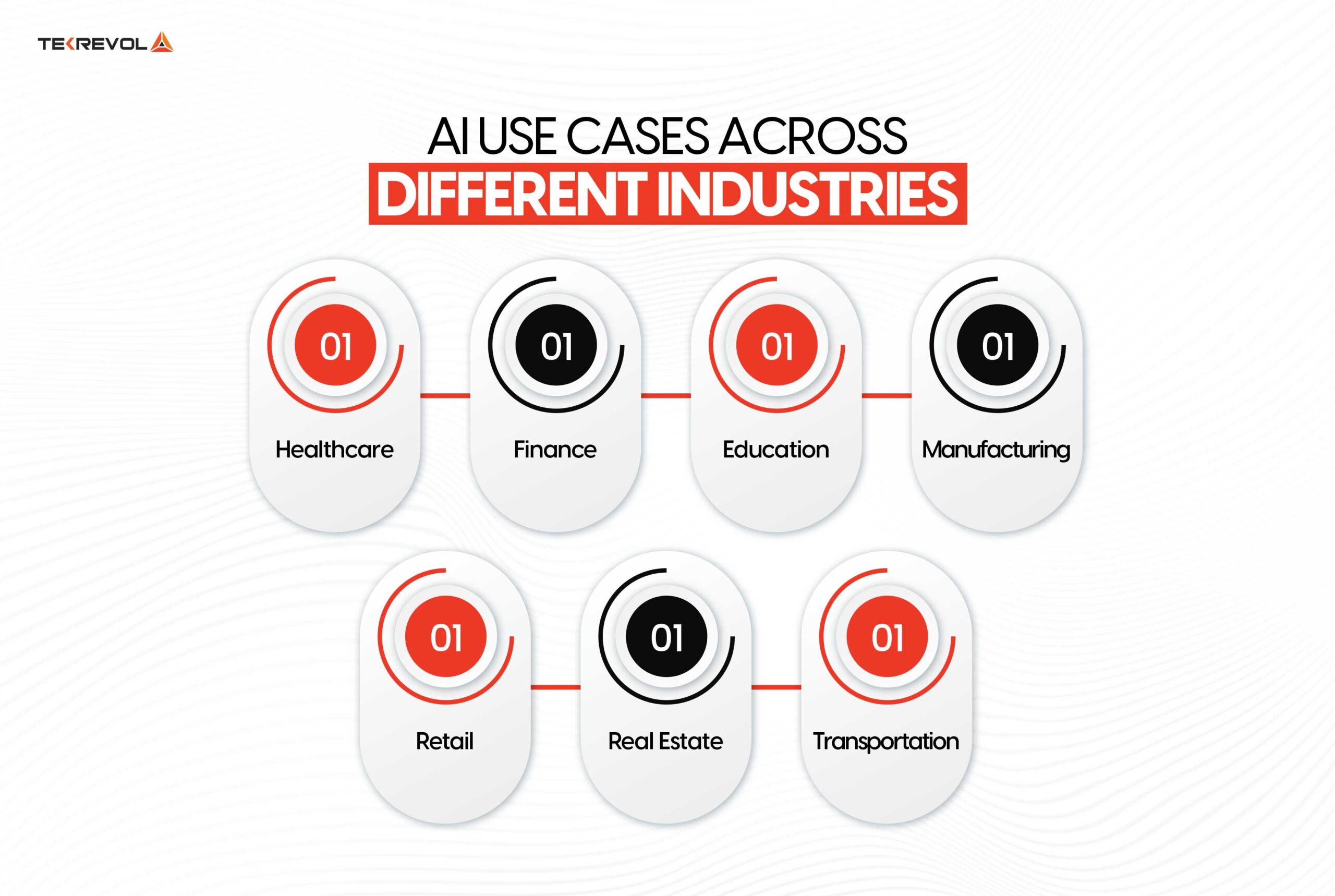
AI has played an incredible part in increasing efficiency and innovation in various industries. Here’s a breakdown of how AI is making waves in several industries:
Healthcare
The use of AI in healthcare is changing how patients are treated by improving diagnosis and treatment capabilities. AI can evaluate photos to identify potential problems, and robotic advisers can assist patients in monitoring and controlling their diseases around the clock. They help to improve accuracy, save costs, and provide a positive outcome for patients.
Finance
AI is changing the banking business by using data analytics for pattern identification, predictive modeling, and process automation. Financial chatbots assist with transactions and advice, but other AI fraud detection systems filter massive amounts of data for scams to protect assets.
Retail
In the retail industry, AI boosts revenues by personalizing the shopping experience and making inventory more efficient. Customers receive individualized product recommendations, and intelligent inventory systems estimate the necessary demand and supply to minimize waste.
Manufacturing
Artificial intelligence improves industrial procedures, efficiency, and product reliability. There are tools for analyzing equipment to prevent failure, AI algorithms to help develop and improve product functionality, and controls to ensure that only the best items pass through.
Real Estate
Another area of application for AI is real estate, where property pricing and overall market situation are appraised with high accuracy to assist decision-makers. Zillow is a popular real estate software that uses artificial intelligence to forecast trends in housing and properties.
To emphasize, it provides customers with property price estimates, local market trends, and specialized advice on the acquisition or leasing of residential properties.
Transportation
AI-powered smart automobiles can drive autonomously. Self-driving cars also use AI to make decisions based on sensor data and object detection. With its self-driving car technology, Waymo brilliantly shows AI’s potential to improve transportation infrastructure.
The Bottom Line
The growing adoption of Artificial Intelligence is changing the mobile app experience and improving user productivity and efficiency. Including AI in your mobile application not only helps you stand out from the competition but also creates new avenues for development.
Although developing an AI-powered app takes some time and effort, the business benefits are significant, such as improved user value and, consequently, revenues.
To successfully conclude this process, it is wise to collaborate with an experienced AI development company. If you are prepared to make your AI strategy come to life, then it is high time for action.
TekRevol: Your Partner in Creating High-Impact AI Applications
When it comes to designing an AI application, TekRevol is the type of partner who can make your idea a reality while also providing post-launch support. Our proposition is not just to create apps, but also to provide the most powerful AI solutions that can benefit your organization.
TekRevol’s team is highly professional and takes a senior-centric approach, which allows us to embrace new technology and best practices. Customer apps and operational systems from various industries are among the AI apps we’ve created.
We understand that every project is different and do not want you to have the best AI software for your organization, but the best and beyond standards.
Being the best Mobile app development company, we are always on hand to help you achieve your goals related to customer enhancement, operational efficiency, or new revenue generation.
Our approach is straightforward: We collaborate closely with our technical and strategy teams to develop an AI solution that is not only highly competent and formatted but also visually appealing and effective in today’s high-tech global market.
Who wants regular when you may get fantastic outcomes like never before? Hire TekRevol and let us develop your idea into an innovative AI system. We’ve previously helped develop several popular AI apps, and we can help you create your own.
- Do you have a project in mind?
- Discuss your AI app preferences with our experts!

 4093 Views
4093 Views September 6, 2024
September 6, 2024

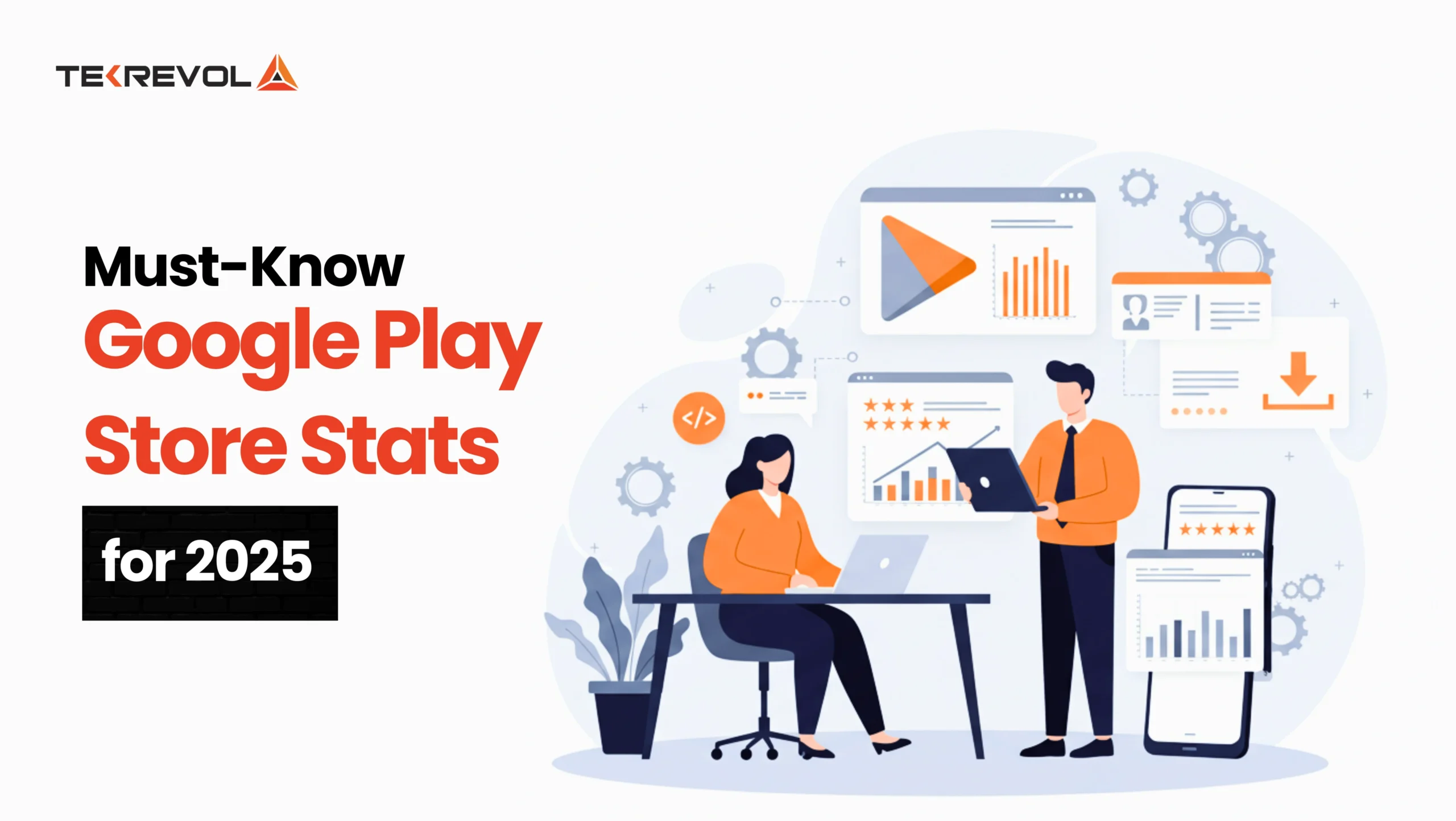

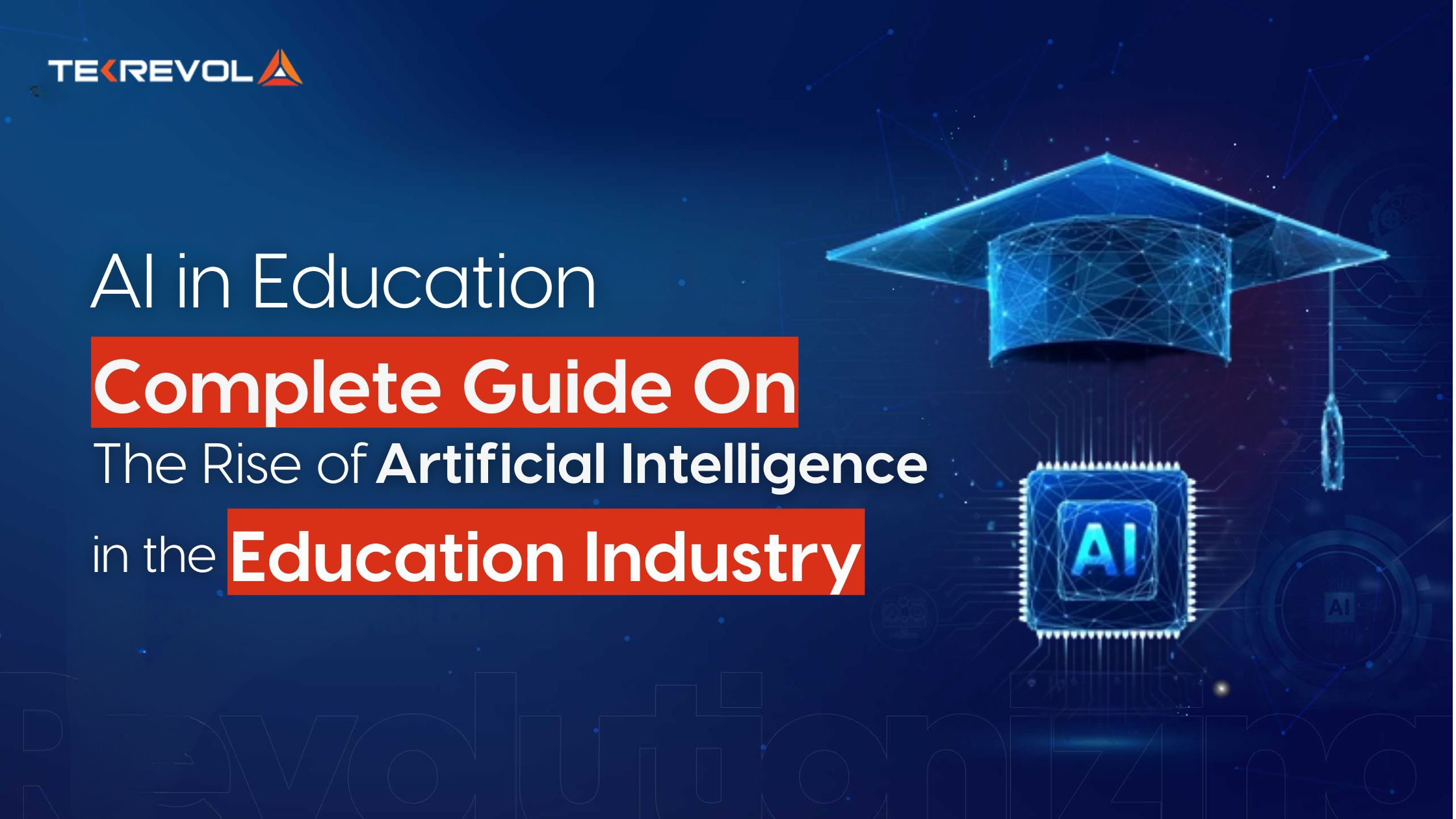
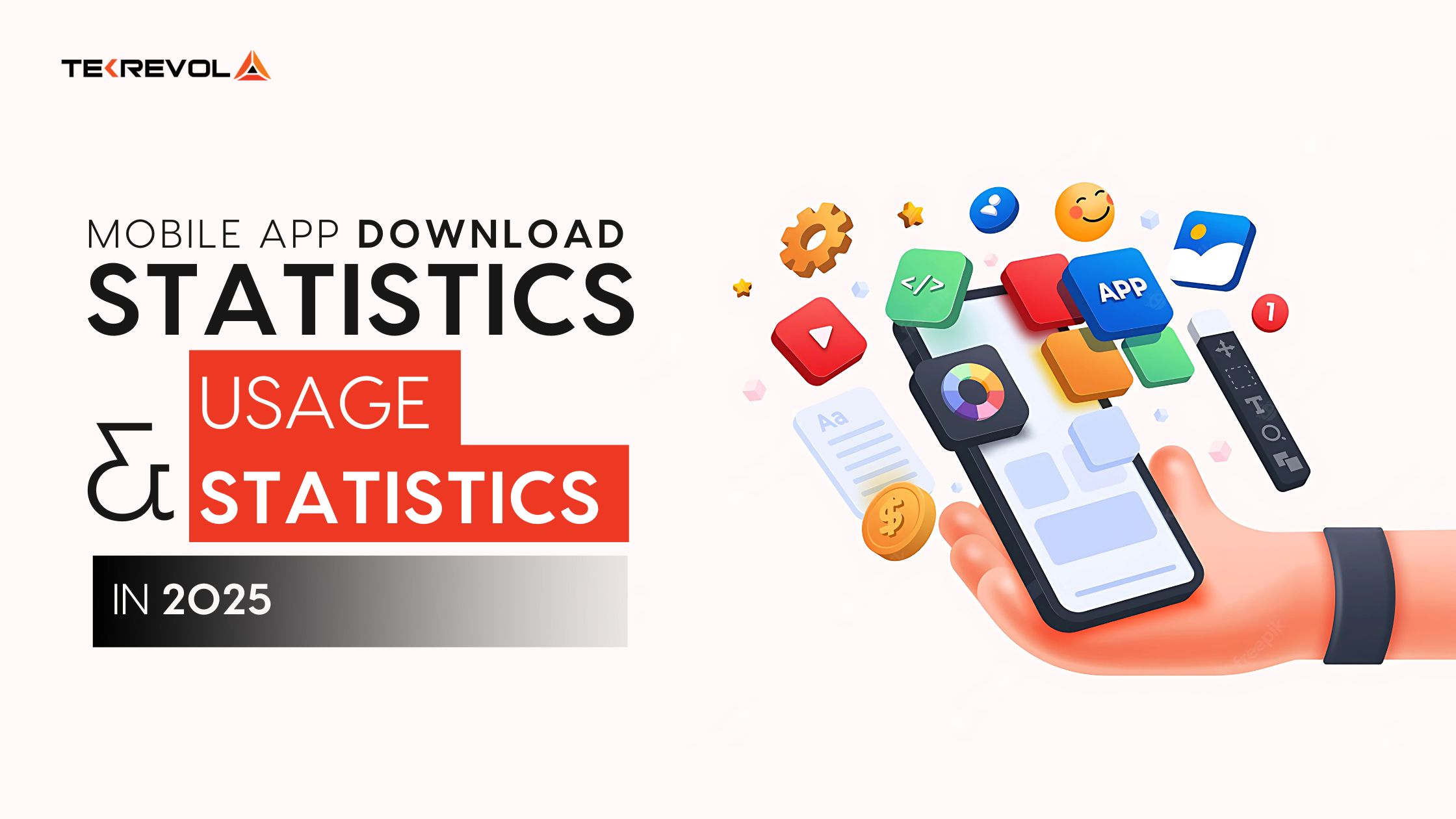

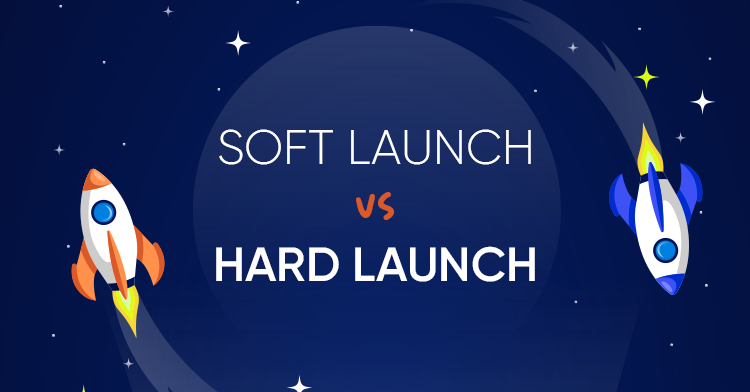




 Download now
Download now
Share Your Feedback